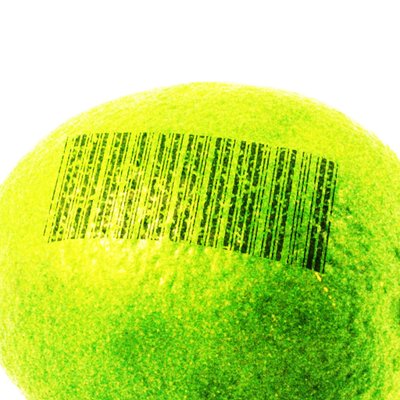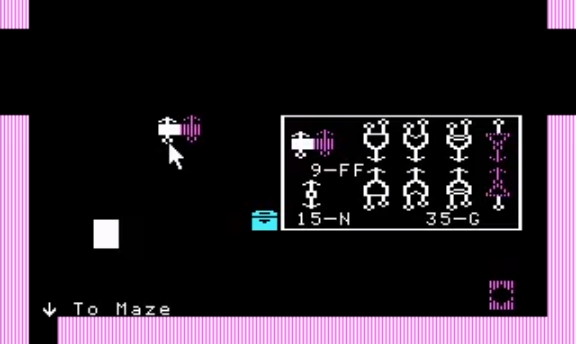Yesterday I spent some more time reverse engineering Robot Odyssey. This was a great game, and it’s kind of a nostalgic pleasure for me to read and figure out all of this old 16-bit assembly. So far I’ve reverse engineered nearly all of the drawing code, big chunks of the world file format, and most of the code that’s responsible for moving around objects on the screen.
So, I thought I’d try manipulating some of that data. I extended my existing binary patch to add even more code to the game’s per-frame blit function. It sets up the mouse using DOS Int 33h, and lets you manipulate the game’s table of sprite locations by dragging objects with the mouse.
I took a video to show the results. It’s still obviously a hack, but it may actually be kind of useful for assembling circuits more quickly.
The source code is available, but it’s a bit rough. This patch is getting kind of unwieldy in its current state, and I think my next step will be coming up with a better tool for doing these kinds of patches. I’m thinking either:
- A pre/post-processor for NASM, which has binary patching oriented features.It would use signatures (byte mask + md5sum) to identify interesting code and data regions in the original binary, and allow you to replace or invoke snippets of code in the original binary using this mechanism. This should make it easier to do very invasive patches which can apply against slightly different versions of a game.
- Or, scripting support for DOSBox.This could be a lot like the Lua support in FCEUX which made Super Mario Drag & Drop possible. As much as I like the idea of self-contained binary patches that operate in the same environment the game itself runs in, a Python plugin interface for DOSBox could be extremely powerful. Imagine a real-time level editor, or various kinds of real-time memory comparison tools…

